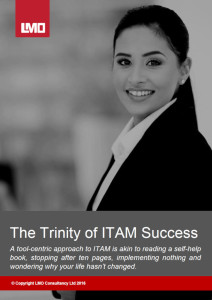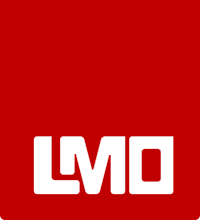 If you were to ask the MD or CEO of most medium-to-large-sized organisations how they manage their IT assets, they would likely respond along the lines of “I keep a really close eye on the IT budget. All big expenses like that have to be approved by me.”
If you were to ask the MD or CEO of most medium-to-large-sized organisations how they manage their IT assets, they would likely respond along the lines of “I keep a really close eye on the IT budget. All big expenses like that have to be approved by me.”
Keeping a watchful eye on the IT budget is a sensible thing to do, but it is not IT asset management. Knowing how much an asset costs, and understanding and evaluating its real value to the organisation, are two very different things. One is budget management, the other is IT asset management.
If you were to ask the same business leader how many PCs the company has, “oh about seven hundred,” or “just shy of two thousand,” is likely to be the reply. The truth is however, unless they can give you a whole number (with absolute certainty and confidence) it demonstrates the low level of importance given to ITAM. Yet this ambiguity is largely unique to IT assets. If you asked them how much rent they pay, how many staff they employ, or how much stock they have on the balance sheet, the chances are they would have a system in place which gives an unequivocal, precise answer.
This lack of knowledge of IT assets is not uncommon. In many organisations it is not a case of IT assets being poorly managed, but of them being entirely unmanaged. So to answer the opening question; how do most organisations manage their IT assets? The answer is, most don’t. Most organisations have no clear idea which IT assets they have, where they are located and how/if they are being used.
We at LMO Consulting will be looking into this issue, what the implications are for businesses who remain ignorant about their IT assets, and what can be done about it in an upcoming whitepaper due to be published shortly.
If you would like to receive the whitepaper the moment it is published, simply register to this blog using the link on the right of the page.
